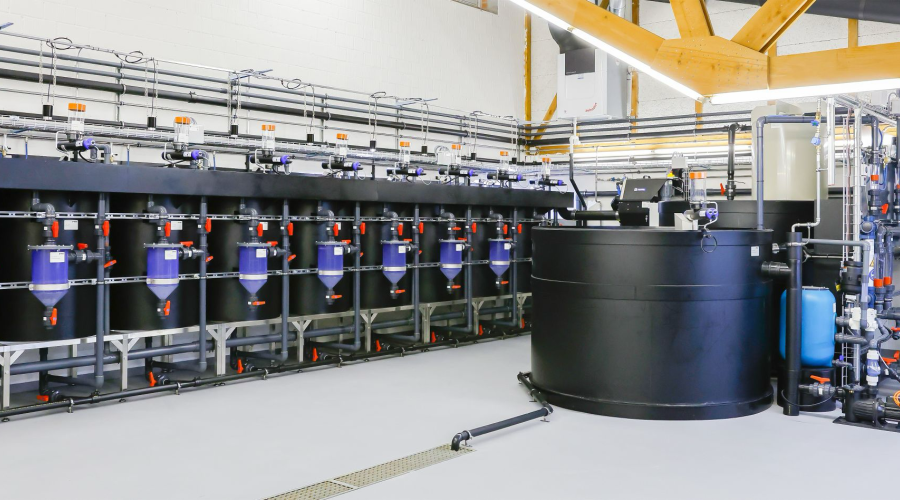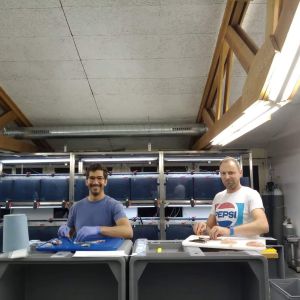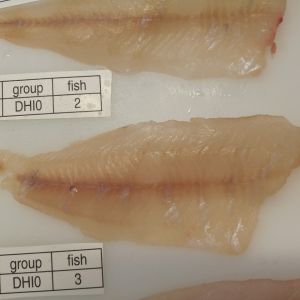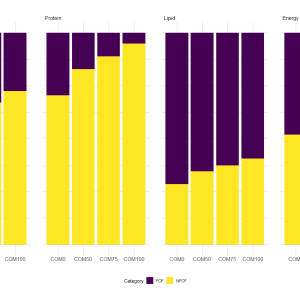Feed Green: Insect & Poultry Meals for European Perch

European perch (Perca fluviatilis), a native fish species in Eurasia, has attracted significant interest from both academic researchers and the aquaculture industry. Production of European perch through aquaculture has seen a recent rise, with a majority of this production occurring in Eurasian countries. Notably, Switzerland has emerged as a leading contributor in this sector.
Recent research emphasizes the importance of developing specialized feeds specifically tailored for European perch aquaculture in Europe. These feeds should ideally incorporate novel ingredients that offer environmental benefits, promote food-feed independence, and maintain high production performance. The use of protein sources produced under the principles of a circular economy, such as insect meal and secondary products from animal production, has been introduced in aquafeed to achieve these goals.
A collaborative research effort was undertaken by the Laboratory of Controlled Reproduction and Intensive Fish Culture, Faculty of Fisheries and Protection of Waters, University of South Bohemia in České Budějovice, Czech Republic, and Aquaforum, School of Agricultural, Forest and Food Sciences, Bern University of Applied Sciences, Switzerland. This joint research aimed to evaluate the impact of dietary blends containing insect meal (black soldier fly Hermatia illucens) and poultry by-product meal as replacements for fishmeal on growth indices and health status of European perch. Additionally, the study considered crucial aspects of the current food system, including environmental impact and competition for human food resources.
The feeding trial, conducted at the partner facility Aquaforum, lasted for 90 days. Researchers from the Faculty of Fisheries and Protection of Waters actively participated in feed formulation and production, regular fish measurements, sample collection, chemical analyses, evaluation and publication of the research findings.
The study revealed that a combination of protein sources derived from the circular economy can effectively replace up to 50% of fishmeal in perch diets while maintaining or even improving all performance metrics compared to the control (fishmeal-based) group. Utilizing this blend in European perch diets offers significant advantages, including reduced reliance on marine forage fish and minimized competition for food resources.
This research exemplifies the application of a circular food system concept in seafood farming by upcycling non-competing feedstuffs from the insect and poultry industries. Further studies exploring a wider range of circular materials within the global food system hold promise for advancing the sustainability of the seafood industry, particularly in the face of diminishing natural resources and a growing global population.
Detail information can be found in the original paper:
Tran, H.Q., von Siebenthal, E.W., Luce, J.B., Nguyen Thi, T., Tomčala, A., Stejskal, V., Janssens, T., 2024. Complementarity of insect meal and poultry by-product meal as replacement for fishmeal can sustain the production performance of European perch (Perca fluviatilis), reduce economic fish-in fish-out ratio and food-feed competition, and influence the environmental indices. Aquaculture 579: 740166. https://doi.org/10.1016/j.aquaculture.2023.740166
Figure 1: Experimental facility at Aquaforum, School of Agricultural, Forest and Food Sciences, Bern University of Applied Sciences, Switzerland
Figure 2: Research team involved in sampling at the experimental facility
Figure 3: Fillets of European perch fed different experimental diets
Figure 4: The use of human food-competing and non-food-competing feedstuff in experimental diets.



